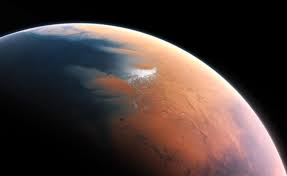
It is not difficult to envision dust, craters, and barren plains on Mars. It is more difficult to find such items as formations that look like the smile of a teddy bear, a spotless tile floor, or a possible alien egg. As robot visitors beam more accurate images, the Red Planet continues to dash expectations of what is appropriate for a cold, air-thin planet.
NASA’s rovers and orbiters, and European space hardware, have charted a catalog of surreal landscapes in recent years. A few are tricks of light and geology, some are suggestions of past aqueous presence, and a few have fueled hot scientific debate about ancient life. The roster tallies some of the most intriguing at times baffling features that are nearly the wrong shape to exist on Mars.
From seasonal “spiders” that creep across the south pole to mineral deposits that are potentially the nearest thing to a Martian fossil so far, each entry reports on the active history of the planet and the possibility for secrets yet to be uncovered.
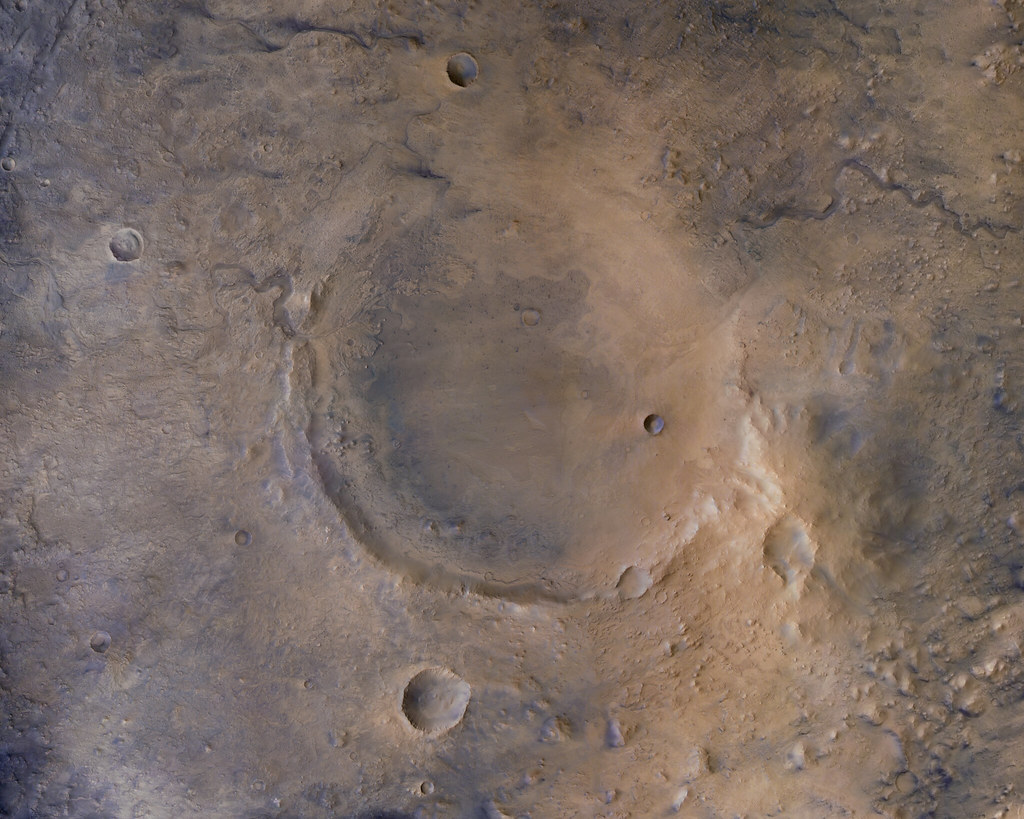
1. Leopard-Spotted Rocks and the Life Question
In 2024, NASA’s Perseverance rover encountered an arrowhead-rock in the Bright Angel formation of Jezero Crater with dark-ringed “leopard spots.” High-resolution scans revealed the spots as vivianite- and greigite-filled minerals that, when they occur on Earth, can be formed by microbe-powered redox reactions. As Stony Brook University’s Joel Hurowitz put it, the chemistry “could have been a rich source of energy for microbial metabolisms.”.
While such minerals could occur abiotically as well, the non-biological processes usually involve extreme heat, which the surrounding rocks show no sign of having withstood. The discovery meets NASA’s definition of an abiotic biosignature, which is to say that it is, in the words of acting Administrator Sean Duffy, “the closest we have ever come to finding life on Mars.” Positive proof would be the form of returning samples to Earth a mission whose feasibility is yet unresolved.
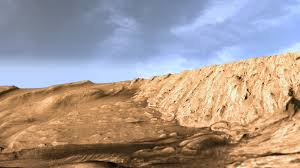
2. Ancient Wave Ripples in Ice-Free Lakes
NASA’s Curiosity rover found two sets of delicate wave ripples in rock preserved, just millimeters high and centimeters apart, in Gale Crater. “The ripples could only have been created under water that was open to the atmosphere and was subject to wind,” said Caltech’s Claire Mondro.
The ripples go back to approximately 3.7 billion years ago, and they indicate shallow lakes existed longer in Mars’ past than some climate models permit. This pushes the window for possible microbial habitability and verifies that at least temporarily, Mars’ climate was warm and thick enough to support ice-free standing water.

3. Carbonate Clues to a Vanished Atmosphere
Curiosity drills on Mount Sharp uncovered siderite, an iron carbonate, within sulfate layers. Carbonates form when carbon dioxide reacts with water and rock and sequesters atmospheric gas in rock. University of Calgary’s Ben Tutolo explained the deposits show that Mars once had a CO₂ rich atmosphere and that “habitability is a very fragile thing.”
The finding implies that as the CO₂ rained out into minerals, the greenhouse effect of the Earth was decreased, speeding up the shift from warm and humid to cold and arid. Mars’ same layers could be hiding vast pools of ancient atmospheric carbon, presenting a geologic record of climate failure.
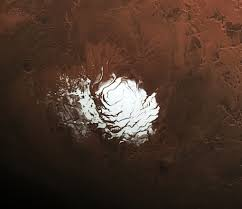
4. The ‘Inca City’ of the South Pole
Near the south pole of Mars is a set of high ridges curving into an incomplete ring 86 kilometers across. Nicknamed the “Inca City” for its similarity to terrestrial ruins, the structure is either lithified sand dunes or part of an impact crater hidden beneath. Its precise origin, according to the European Space Agency, is unknown.
Its scale and balance make it one of the more showy examples of pareidolia in planetary geology the human tendency to see familiar patterns in strange landscape but it is also informative about ancient wind, ice, and impact activity.

5. Seasonal ‘Spiders’ and CO₂ Geysers
Every Martian spring, dark, branching shapes blanket the south polar surface. Laboratory experiments have confirmed the Kieffer model: sunlight shines on clear CO₂ ice, warming the ground beneath until gas bursts forth, carrying dark dust to the surface. Some of these bursts travel at 160 km/h.
These araneiform patterns, spanning kilometers wide, are the equivalent of anything seen on Earth. They are “strange, beautiful geologic features” to which NASA’s Jet Propulsion Laboratory’s Lauren McKeown alludes and whose seasonal cycle reminds us that Mars is an active planet.
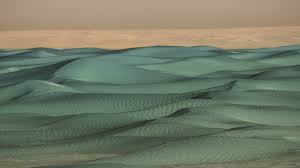
6. Perfectly Circular Sand Dunes
NASA’s Mars Reconstraction Orbiter captured an image of a field of nearly perfect circles in Martian northern hemisphere dune fields in 2022. Although Martian dunes come in many forms, symmetry is rare. The circles appear to drift slowly south at one meter per Martian year along with prevailing winds.
Why these dunes are so round to perfection remains a secret. Their form may be saying something about wind regimes, stickiness of the sand, and even subtle surface climate change.
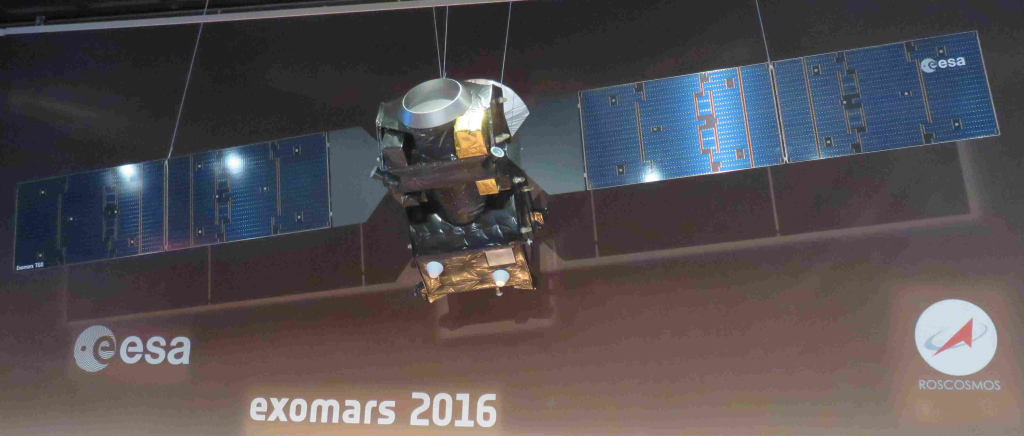
7. A Smiling Ancient Lake
An infrared photo taken by ESA’s ExoMars Trace Gas Orbiter snapped a face-like pattern two crater “eyes” and an arcing “mouth” outlined by deposits of chloride salt. It’s the remnant of an ancient lake, only visible when illuminated in certain fashions.
As Mars’ lakes evaporated, leftover water was likely very salty, and it may have served as refuge for microbial life. The smile is perhaps a geologic accident but the salts that it etches may preserve chemical history of ancient life.

8. Meteorites on Mars and From Mars
Rovers have spotted many meteorites on the surface of Mars, such as the greenish, cratered “Egg Rock” and the spiky “Ames Knob.” These impact remains may have been created when Mars had liquid water.
Meanwhile, some meteorites that landed on our planet shergottites originated from Mars, ejected into space by ancient impacts. Caltech laboratory experiments suggest that the pressure needed to expel such rocks is lower than thought before, increasing chances of tracking them back to specific craters.
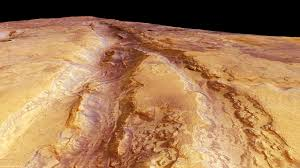
9. Swirling Olivine Patterns in Nili Fossae
Orbital spectrometers have mapped out huge deposits of the mineral olivine, which would usually be found far beneath the surface, in the Nili Fossae region. Swirling patterns on the surface suggest it was exposed by a gargantuan asteroid impact or produced by volcanism.
The discovery of so much olivine raises questions about the inside composition of Mars and the scale of the event that made it visible. Its origin remains questionable, which makes it one of the more interesting geologic mysteries of the planet.
These Martian oddities are more than curiosities; they are data points in a developing narrative of planetary history. Every strange shape or unexpected mineral deposit provides another layer to our understanding of Mars as a dynamic planet one that transformed from friendly lakes to cold deserts, but still surprises with its seasonal activity and geological panache. With every mission, the Red Planet’s inventory of the unexpected will grow.

